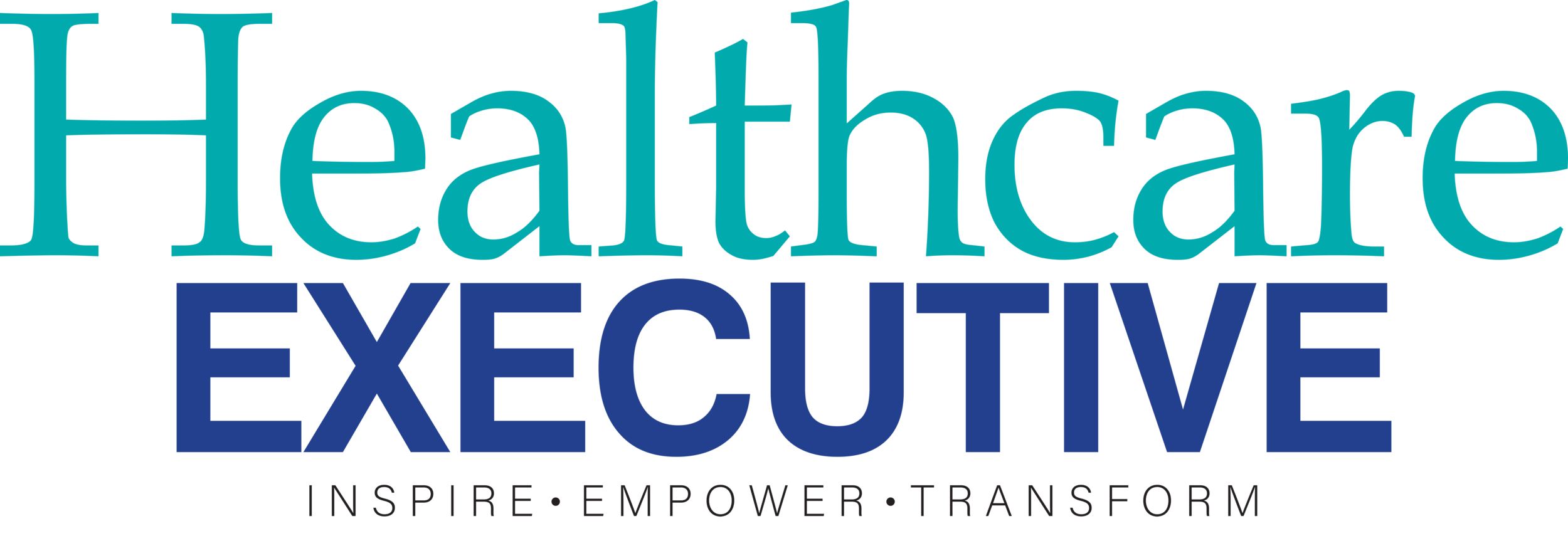The Growing Role of Voice AI in Healthcare
By Rustom Lawyer, CEO and Co-Founder, Augnito
We’ve reached an age where medicine can do things once thought impossible, robotic surgeries, genetic mapping, precision oncology yet the very people behind those breakthroughs are exhausted. Burnout among doctors isn’t a side issue anymore; it’s shaping how hospitals function. Ask any physician and they’ll tell you the same story. For every hour spent with a patient, there’s another hour and a half lost to the system, updating charts, writing notes, double-checking codes, dealing with electronic medical records that seem built for anything but efficiency. It’s draining, mentally and physically. And yes, it affects care. But something interesting is starting to change that rhythm. Not a new gadget or a fancy device, just voice.
When technology learns to listen
Voice tech has always hovered around the edges of healthcare. Early versions did a fair job of transcribing speech, but that’s where it stopped. Doctors still had to clean up the text, fix the jargon, format the report, and make sure it made sense in a clinical context. It helped, but it didn’t free them.
Now, the technology’s evolved into what’s called Ambient Clinical Intelligence and that’s where the shift really begins. These new systems don’t just record what’s said. They listen, understand, and summarise. They pick out the medical context, symptoms, diagnoses, treatment plans and automatically turn it into structured notes that flow straight into the record.
In other words, the machine listens quietly in the background while the doctor talks to the patient as they normally would. And by the end of the consultation, the documentation is already done. No typing. No toggling between windows. Just a conversation.
It’s subtle, but it changes everything. Doctors can look up instead of down. They can ask one more question, notice one more detail, and connect in a way that has slowly been eroded by administrative overload.
Why hospital leaders are paying attention
For hospital executives, this isn’t just another piece of tech to test out. It’s a strategic shift that affects three critical areas, time, money, and morale. Start with time. Most doctors spend roughly 40% of their day on documentation. When that workload drops, they gain back nearly two hours daily. Multiply that across an entire team, and the result is staggering, thousands of extra consultations a year without increasing headcount.
Then there’s the financial side. More complete notes mean more accurate coding, fewer claim denials, and stronger revenue cycle management. Some hospitals that have adopted AI-assisted documentation report up to a 25% improvement in case mix index and a significant reduction in claim denials. And since these systems cost less than old-school transcription, the ROI is immediate.
Operationally, it tightens everything. When discharge notes are done faster, beds turn over quicker, departments coordinate better, and communication errors drop. Efficiency doesn’t always need a massive investment. Sometimes, it just needs time to be given back.
Better notes, better care
There’s a very human outcome to all this. The less time doctors spend on paperwork, the more attention patients get. And that presence, that eye contact, that conversation directly affects trust and outcomes. AI-generated notes also tend to be cleaner and more consistent.
They follow a structured format, which helps with compliance, audits, and quality control. Some systems have shown nearly a 50% reduction in documentation errors. That’s not just a workflow win; it’s a safety improvement.
Addressing burnout the real way
Burnout isn’t going away through wellness workshops or meditation apps. The real fix is giving doctors their time and mental space back.
Voice AI won’t solve every problem, but it takes a huge weight off their shoulders. Many physicians using it describe it as “finally being able to breathe again.” That’s not just a figure of speech. When people have less administrative stress, their empathy returns. They communicate better, make fewer mistakes, and are less likely to leave.
In a system already struggling to retain skilled clinicians, that’s no small thing.
The road ahead
The current generation of Voice AI is already impressive, but the next leap will be even bigger. Soon, these tools won’t just document; they’ll connect, pulling data from lab reports, imaging, and treatment guidelines to create a live, holistic view of the patient’s condition.
Hospitals that adopt this early are setting the stage for something larger: a future where technology quietly supports the physician instead of standing between them and their patient.
The human side of it all
At its core, this isn’t a story about machines replacing people. It’s about machines stepping back so people can do what they’re meant to.
When technology starts to listen, doctors get to be human again. They get to talk, observe, and connect without a keyboard in the way. Hospitals run smoother, patients feel seen, and care becomes what it was always supposed to be: personal. The less time spent staring at a screen, the more time there is for medicine’s oldest skill, the simple act of listening.
Got a story that Healthcare Executive should dig into? Shoot it over to arunima.rajan@hosmac.com—no PR fluff, just solid leads.

